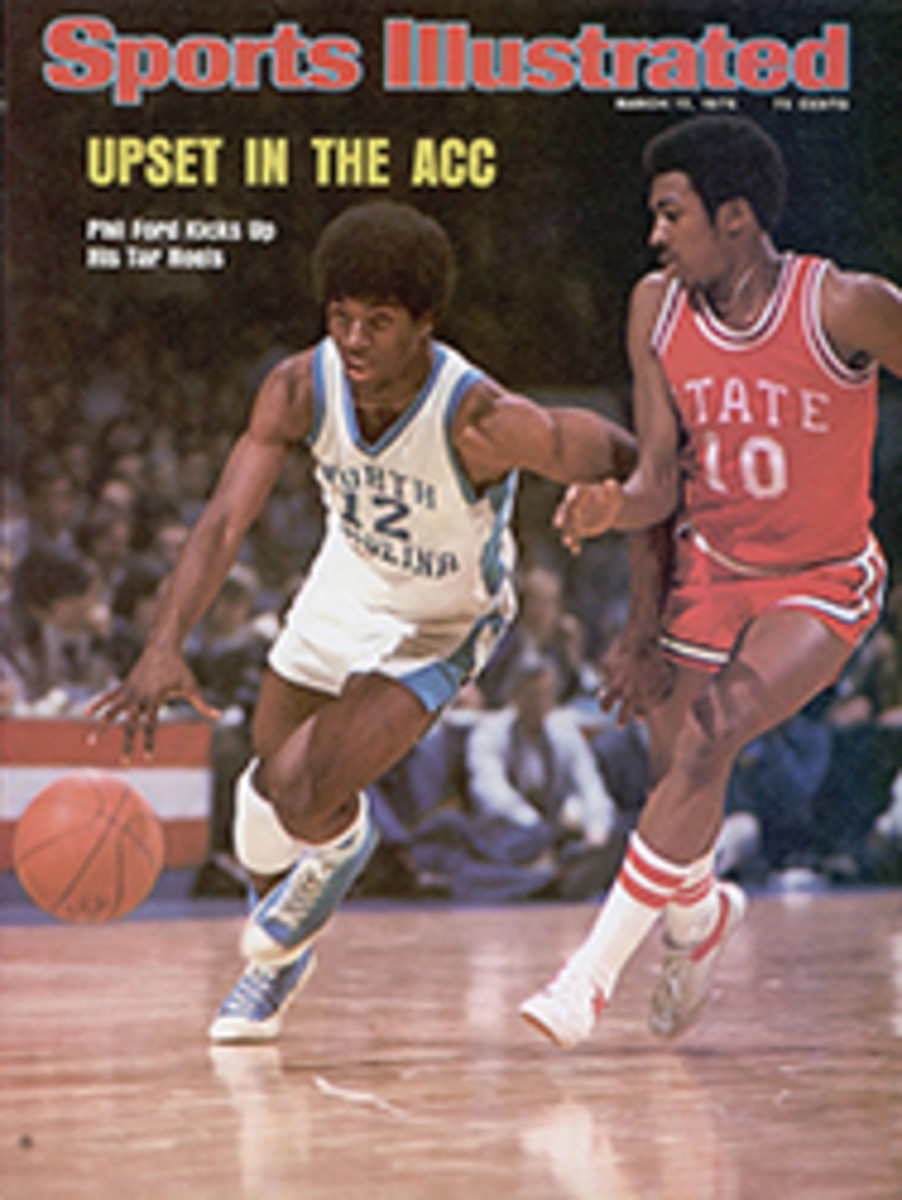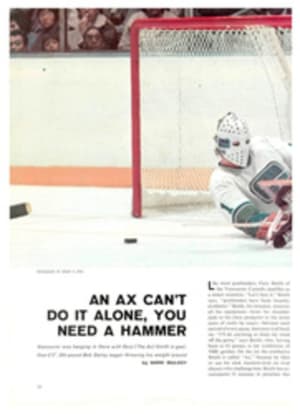
TAKING STILLS OF SKIERS IN MOTION ISN'T AS DIFFICULT AS IT SOMETIMES APPEARS
All good ski trails, like Ruthie's Run at Aspen or Vail's intimidating Riva Ridge, deal in deceptions. A soothing little section suddenly falls away into a steep grade; the mountain seems to spill down in giant steps. The exhilaration comes from these whimsical changes of pace, and glancing back up a particularly hair-raising stretch, a smile creeps over the skier's face: "I really made it down that!"
The first time over those humps is a magnificent moment, and the natural reaction is to try to capture it all on film. And so, out with the camera. Three weeks later, in a dreary film shop on a rainy day a million miles from Aspen or Vail, the pictures are in your hand, but somehow, sadly, the magic is gone. "That can't be Ruthie's," you say. Or, "Riva looks positively flat."
Actually, skiing is not that difficult a sport to photograph, and the professional's equipment may be quite similar to your own. (A 50-mm. lens on a single-lens reflex should do the trick.) Carry the camera so both it and you are safe. Where you carry it depends on your skiing ability, but professional photographers recommend using a fanny pack, a pouch strapped around the waist. Reverse it and you have a belly pack. Even novices find it hard to fall on their stomachs.
On a bright day, try to shoot early in the morning or in the late afternoon, not in the harsh midday light. If you have a choice, wait until a sunny day. No point in having ski pictures look like the main street in The Last Picture Show. Don't take your exposure reading off the snow; use a face, a parka, a boot. A polarizing filter isn't necessary, but it will produce an effect similar to viewing the scene through your Foster Grants. Overexposure is the most common failing in ski photos.
Instead of standing at the bottom of a steep pitch, take a position halfway down, to the side of the slope. You sacrifice depth if you shoot straight uphill, and a precipitous drop becomes inexplicably tame. Shoot across the terrain; trees on the other side can serve as a point of reference for the true angle of the slope. If possible, avoid lift stanchions or halfway houses in the background. After all, it is the great outdoors, so it might as well look like it.
To photograph your son or daughter negotiating a mogul, pick a spot, have the skier come as close to you as your confidence allows, prefocus the camera instead of follow-focusing. Try for one good shot; reeling off a quick series will too often result in three mediocre shots instead of one superior one.
After your subject has skied past, go down 25 yards and try again. Don't be afraid to experiment with shutter speed or aperture and don't worry about wasting a picture. Don't limit yourself to just one or two rolls of film for an entire vacation—splurge. The freedom that a couple of extra rolls provides will enhance the results.
If you want to convey a sense of speed, ski next to your subject (on a run well within your abilities). No need to go very fast, or even as fast as your subject. Slow the shutter speed down to perhaps [1/15] or [1/30] of a second. The skier will be in focus, but the trees in the background will seem to rush past.
Extremely cold weather adds to your problems, causing brittle film, numb hands and a sweating lens as you move from the lodge to the slopes. You can have your camera winterized, a process that costs about $70, but my advice is to stay inside until it's warmer.
So back to Riva and Ruthie's, and even if you don't conquer the drop-offs, now you at least know how to make them look as tough as they really are.

